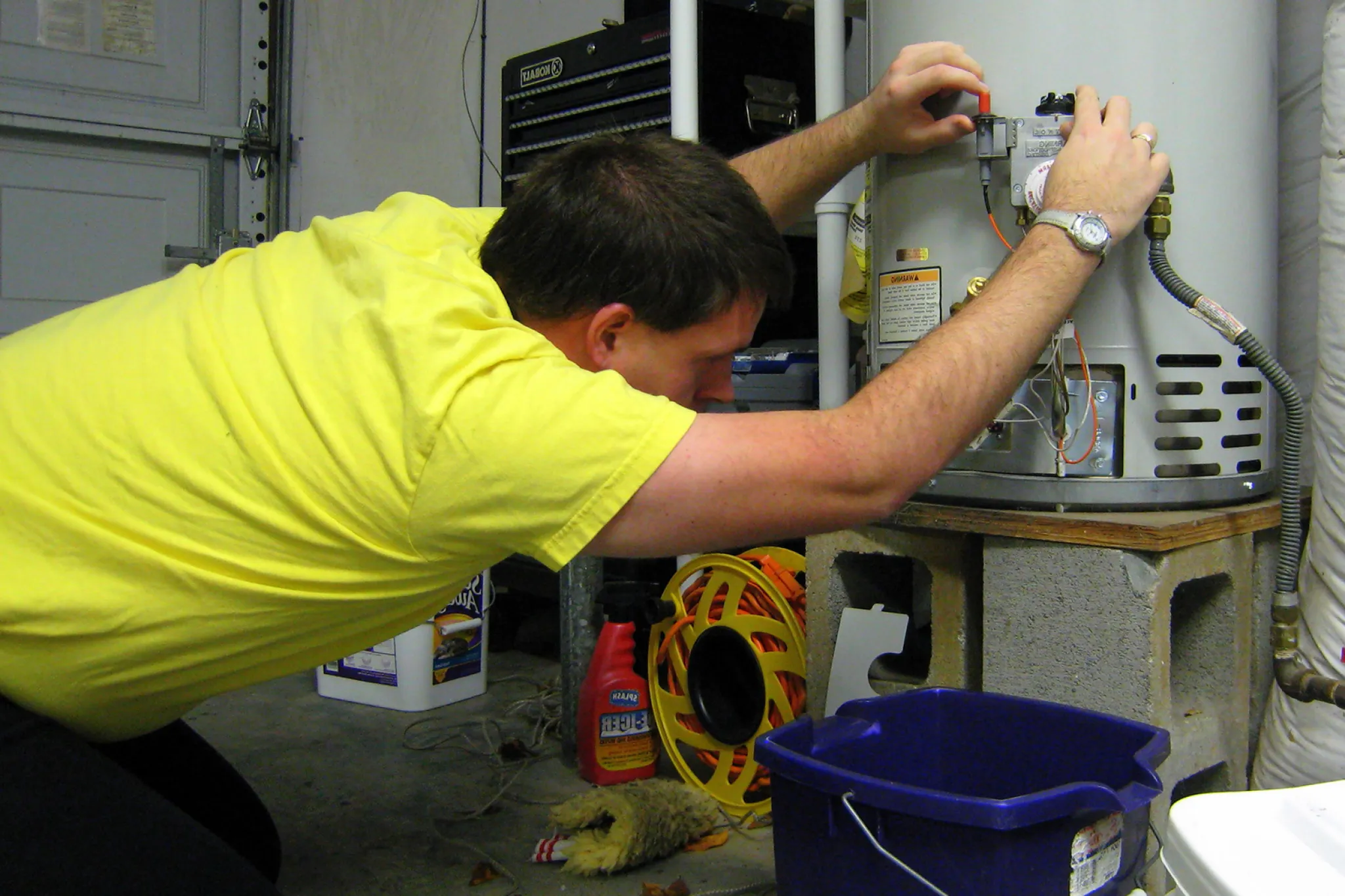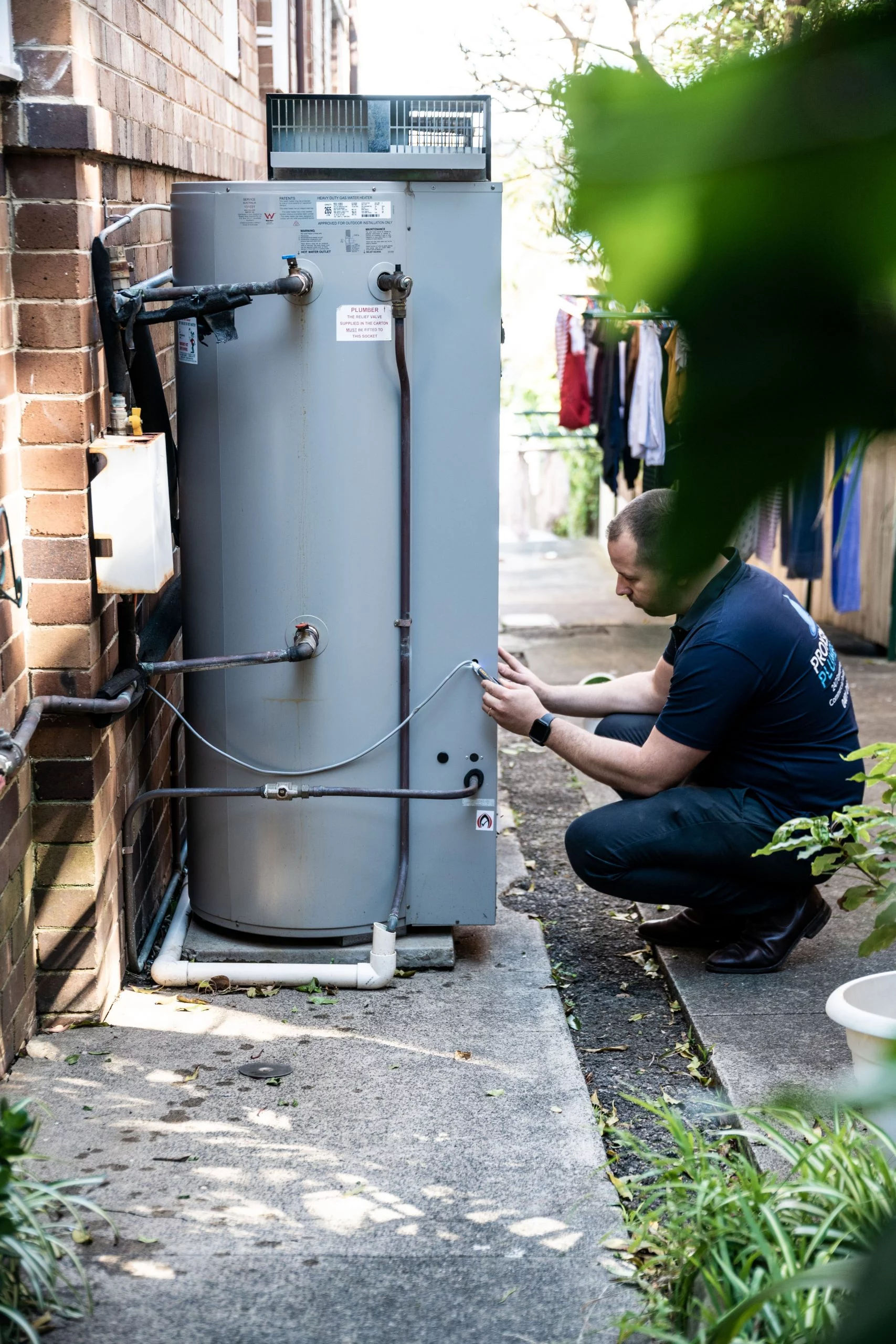We've stumbled upon this great article about Water Heater Maintenance Tips You Can't Afford to Forget directly below on the web and concluded it made perfect sense to talk about it with you over here.

Warm water is essential for day-to-day convenience, whether it's for a rejuvenating shower or washing meals. To guarantee your warm water system runs successfully and lasts longer, regular maintenance is essential. This post supplies functional ideas and insights on exactly how to preserve your home's warm water system to avoid disturbances and costly repair work.
Intro
Preserving your home's warm water system might appear overwhelming, however with a few basic actions, you can ensure it runs efficiently for several years to come. This overview covers every little thing from understanding your hot water system to do it yourself maintenance suggestions and knowing when to hire specialist help.
Relevance of Keeping Your Hot Water System
Routine upkeep not just prolongs the life expectancy of your hot water system however additionally ensures it operates effectively. Neglecting upkeep can result in decreased performance, higher energy bills, and also premature failing of the system.
Signs Your Hot Water System Requirements Maintenance
Knowing when your warm water system needs interest can stop major issues. Watch out for indicators such as irregular water temperature, strange sounds from the heater, or corroded water.
Purging the Hot Water Heater
Purging your hot water heater eliminates debris accumulation, improving performance and lengthening its life.
Monitoring and Replacing Anode Rods
Anode rods stop deterioration inside the container. Checking and changing them when worn is critical.
Complex Problems Needing Professional Assistance
Instances include major leaks, electric issues, or if your water heater is constantly underperforming.
Routine Expert Upkeep Conveniences
Specialist upkeep can consist of extensive assessments, tune-ups, and guaranteeing compliance with safety standards.
Evaluating and Changing Temperature Settings
Adjusting the temperature settings ensures optimum performance and safety.
Do It Yourself Tips for Maintenance
You can do numerous maintenance jobs on your own to maintain your warm water system in leading condition.
Looking for Leaks
Routinely check pipes and links for leaks, as these can result in water damages and greater bills.
Understanding Your Warm Water System
Prior to diving into upkeep tasks, it's practical to understand the standard parts of your warm water system. Typically, this includes the hot water heater itself, pipelines, anode poles, and temperature level controls.
Month-to-month Maintenance Tasks
Normal month-to-month checks can help capture minor concerns before they rise.
Examining Stress Relief Valves
Evaluating the stress relief valve guarantees it operates correctly and protects against extreme pressure accumulation.
Insulating Pipes
Protecting warm water pipelines lowers warmth loss and can save power.
When to Call a Specialist
While do it yourself upkeep is helpful, some problems require professional knowledge.
Conclusion
Regular maintenance of your home's hot water system is crucial for performance, durability, and price savings. By following these ideas and knowing when to seek expert aid, you can ensure a trustworthy supply of hot water without unanticipated disruptions.
Water Heater Maintenance Tips
Test the TPR Valve
Shut off the power and the cold-water supply valve. Place a bucket under the pipe connected to the temperature-pressure-release (TPR) valve on the top or side of the tank. (This valve opens if the tank pressure gets too high.) Lift the valve’s tab to let some water out, then let go. If water keeps flowing, drain the tank partway, unscrew the old valve with a pipe wrench, and install a new one. Check the Anode Rod
Put a hose to the tank’s drain cock and let out a few gallons of water. Now fit a 1 1/16-inch socket onto the rod’s hex head on top of the heater (or under its top plate) and unscrew the rod. If it’s less than ½ inch thick or coated with calcium, buy a new one, wrap its threads with Teflon tape, put it back in the tank, and tighten securely. Use this segmented rod if headroom above the tank is limited. Drain the Tank and Wash Out Sediment
Drain the remaining water in the tank into the bucket, then stir up the sediment on the tank’s bottom by briefly opening the cold-water supply valve. Drain and repeat until clean water comes out of the hose. Close the drain cock, refill the tank, and turn its power back on. Adjust the Temperature
Find the temperature dial on the side of the tank and unscrew its cover. Adjust the dial to 120 degrees using a flathead screwdriver. For every 10 degrees the temperature is lowered, you can expect to save up to 5 percent in energy costs. Turn the water heater off or the thermostat down to its lowest setting if you plan to be away from home for more than three days. Insulate the Pipes
Buy some self-sticking 3/8-inch-thick foam pipe insulation that matches the pipes’ diameter. Slide the foam over the hot-and cold-water pipes as far as you can reach. Insulating the cold-water pipe prevents condensation in summer. Peel the tape and squeeze the insulation closed. If the pipe is 6 inches or less from the flue, cover it with 1-inch-thick unfaced fiberglass pipe wrap. https://www.thisoldhouse.com/plumbing/21016402/how-to-maintain-a-water-heater

I'm just very interested in Tips on Maintaining a Water Heater and I hope you enjoyed reading the new piece. Do you know about someone else who is excited by the topic? Take a moment to share it. I treasure reading our article about How to Maintain a Hot Water Heater in a Few Simple Steps.
Visit My Web Page